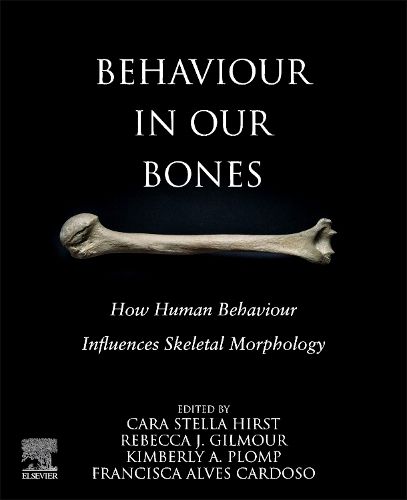Readings Newsletter
Become a Readings Member to make your shopping experience even easier.
Sign in or sign up for free!
You’re not far away from qualifying for FREE standard shipping within Australia
You’ve qualified for FREE standard shipping within Australia
The cart is loading…






Human bodies record and store vast amounts of information about the way we move, what we eat, where we live, and our experiences of health and socioeconomic circumstances. Behaviour in our Bones: How Human Behaviour Influences Skeletal Morphology explores how human physical and cultural actions and interactions can be read through careful biological anthropological analyses of skeletal human remains. This book explores the evidence for behaviour, from head to toe, with each chapter dedicated to a specific region of the human body. It offers an overview of how the skull, shoulder, thorax, pelvis, and the upper and lower limbs have been used to infer patterns of activity and other social and cultural behaviours. Chapter authors expertly summarise and critically discuss a range of methodological, theoretical, and interpretive approaches that biological anthropologists use to read skeletal remains and interpret a wide variety of behaviours, including tool use, locomotion, reproduction, health, pathology, and beyond.
$9.00 standard shipping within Australia
FREE standard shipping within Australia for orders over $100.00
Express & International shipping calculated at checkout
Human bodies record and store vast amounts of information about the way we move, what we eat, where we live, and our experiences of health and socioeconomic circumstances. Behaviour in our Bones: How Human Behaviour Influences Skeletal Morphology explores how human physical and cultural actions and interactions can be read through careful biological anthropological analyses of skeletal human remains. This book explores the evidence for behaviour, from head to toe, with each chapter dedicated to a specific region of the human body. It offers an overview of how the skull, shoulder, thorax, pelvis, and the upper and lower limbs have been used to infer patterns of activity and other social and cultural behaviours. Chapter authors expertly summarise and critically discuss a range of methodological, theoretical, and interpretive approaches that biological anthropologists use to read skeletal remains and interpret a wide variety of behaviours, including tool use, locomotion, reproduction, health, pathology, and beyond.